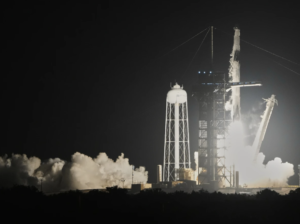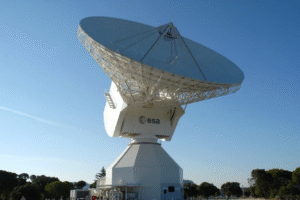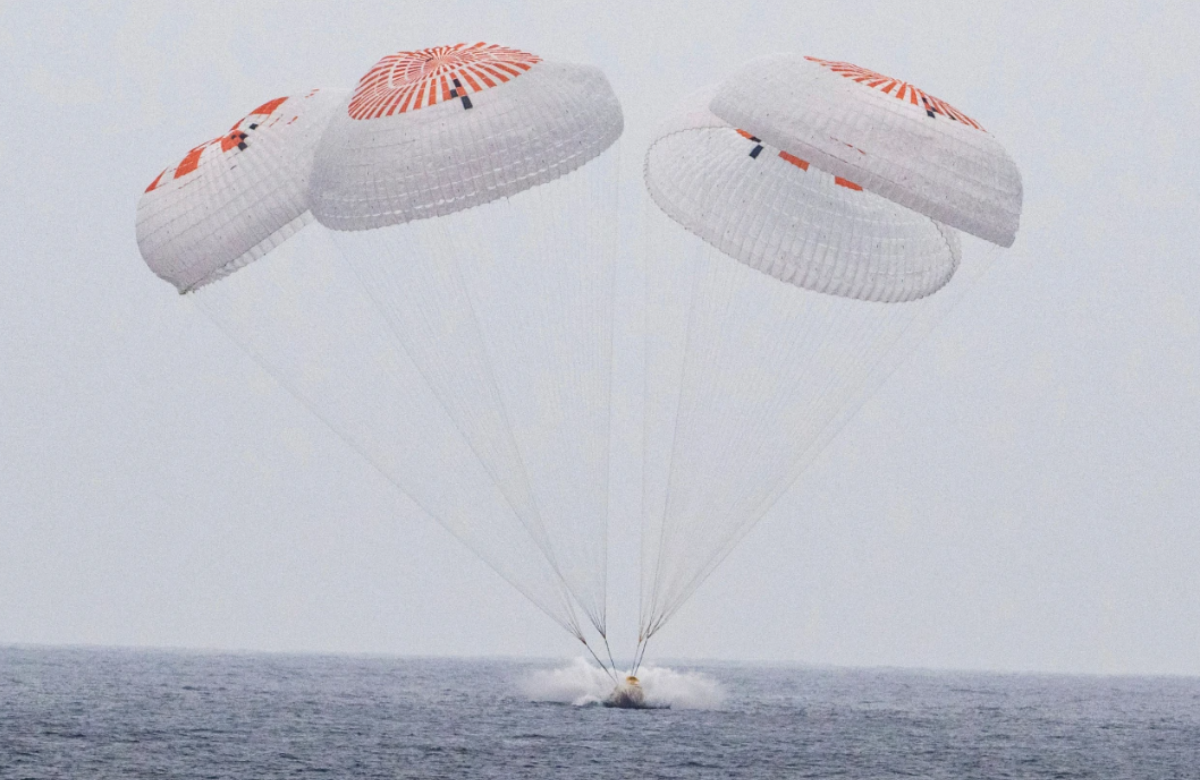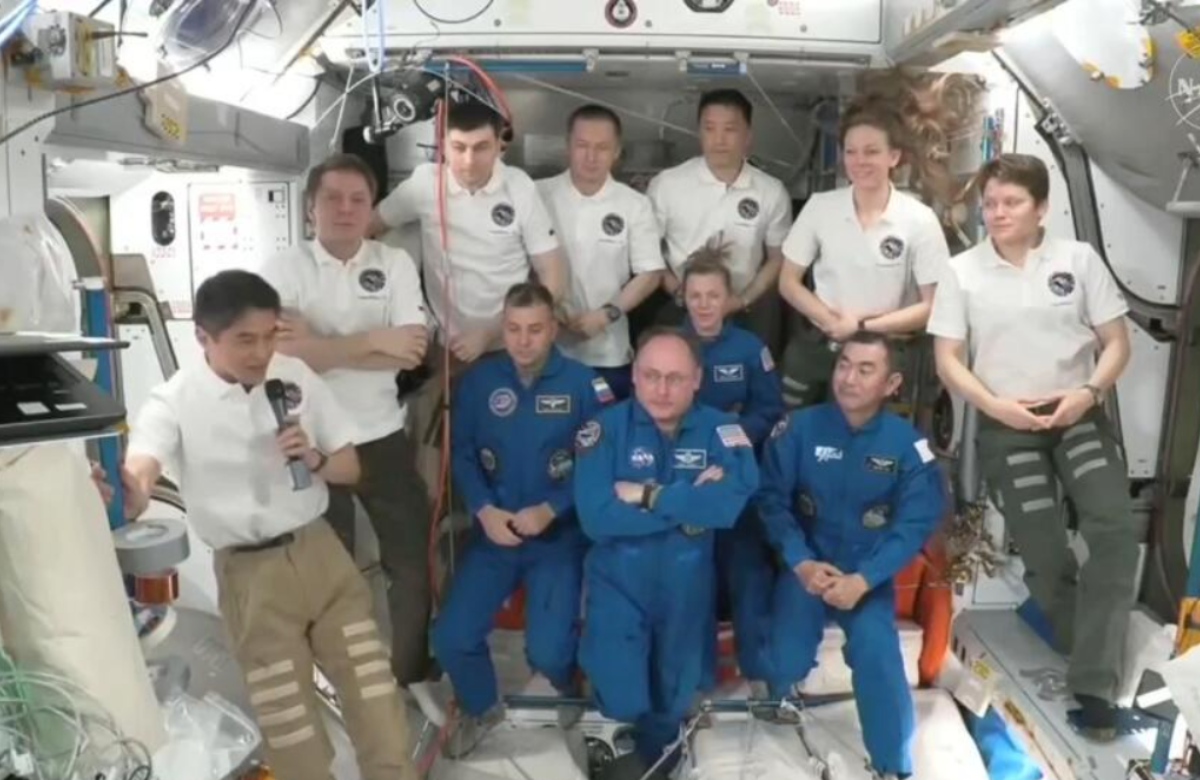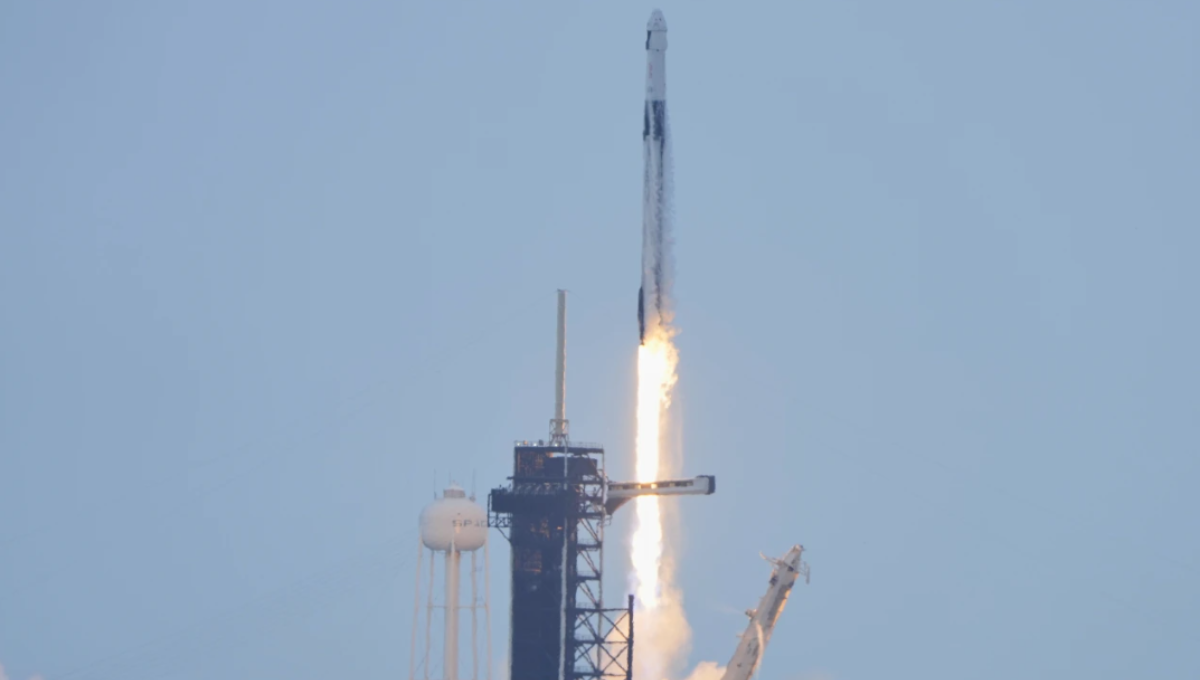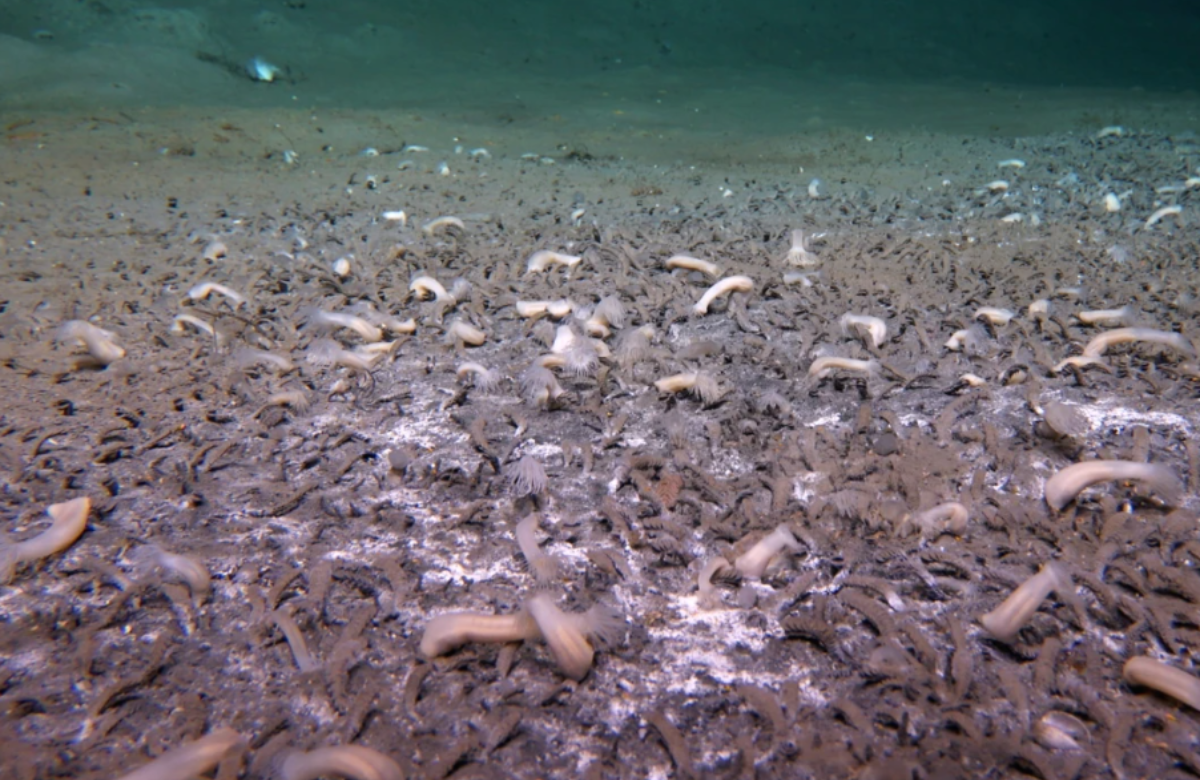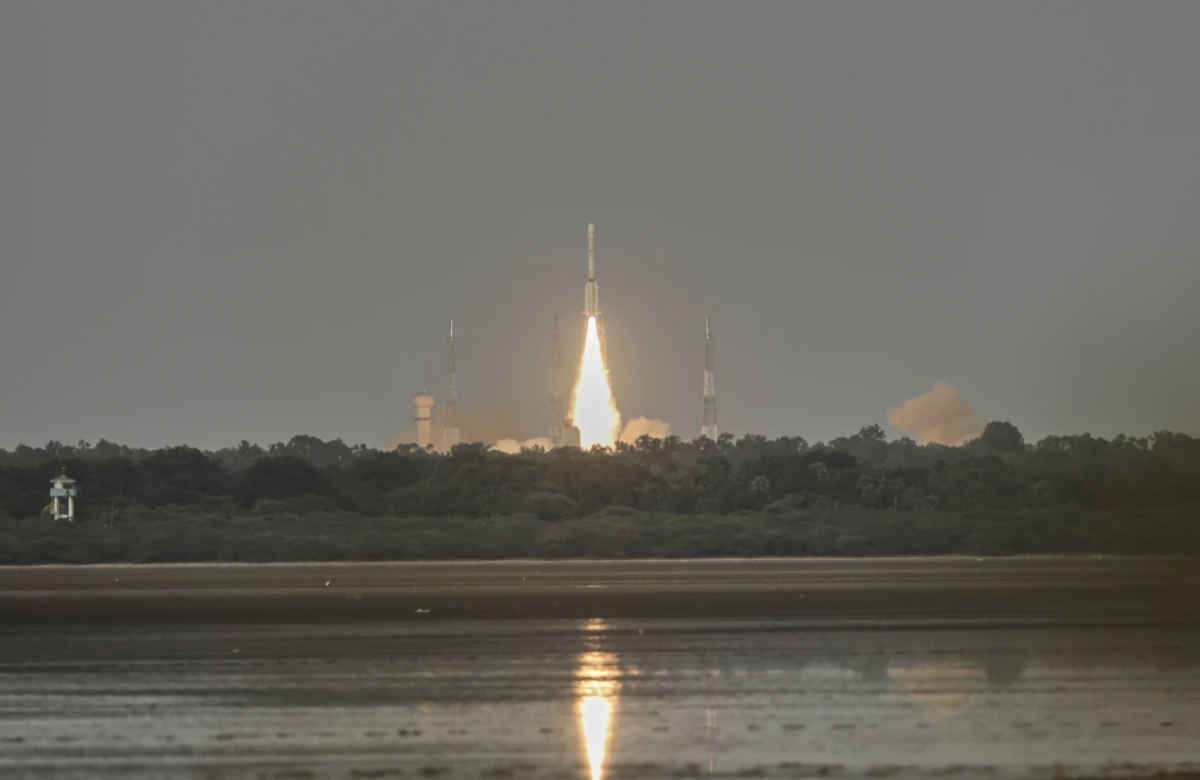A Soviet-era spacecraft, which had failed in its mission to Venus over 50 years ago, made an uncontrolled reentry into Earth’s atmosphere on Saturday. The European Union Space Surveillance and Tracking confirmed the spacecraft’s reentry after noticing its absence from subsequent orbits. The European Space Agency’s space debris office also indicated the spacecraft’s return after it failed to appear on German radar.
Details about where the spacecraft reentered or whether any part of it survived the fiery descent remain unclear. Experts had previously speculated that some or all of it could crash to Earth, considering the spacecraft was designed to endure the extreme conditions on Venus, the hottest planet in the solar system.
Scientists emphasized that the risk of anyone being struck by debris was extremely low.
The spacecraft, known as Kosmos 482, was launched by the Soviet Union in 1972 as part of a series of missions to Venus. However, it failed to make it beyond Earth’s orbit due to a rocket malfunction.
Most of the spacecraft reentered Earth’s atmosphere within a decade of its failed mission, but the spherical lander, which measured about 3 feet (1 meter) in diameter, was the last part to return. The lander was encased in titanium and weighed approximately 495 kilograms (1,000 pounds).
As the spacecraft spiraled downward, experts struggled to predict exactly when or where it would fall. The uncertainty was compounded by solar activity and the spacecraft’s deteriorating condition after spending so long in space.
By Saturday morning, U.S. Space Command had not yet confirmed the spacecraft’s reentry, as it was still gathering and analyzing data from orbit. While U.S. Space Command routinely tracks numerous reentries, Kosmos 482 drew extra attention due to its increased likelihood of surviving reentry. Additionally, since the spacecraft was uncontrolled, it reentered without the usual intervention from flight controllers, who typically aim for vast water areas like the Pacific Ocean when directing the fall of old satellites and other space debris.

